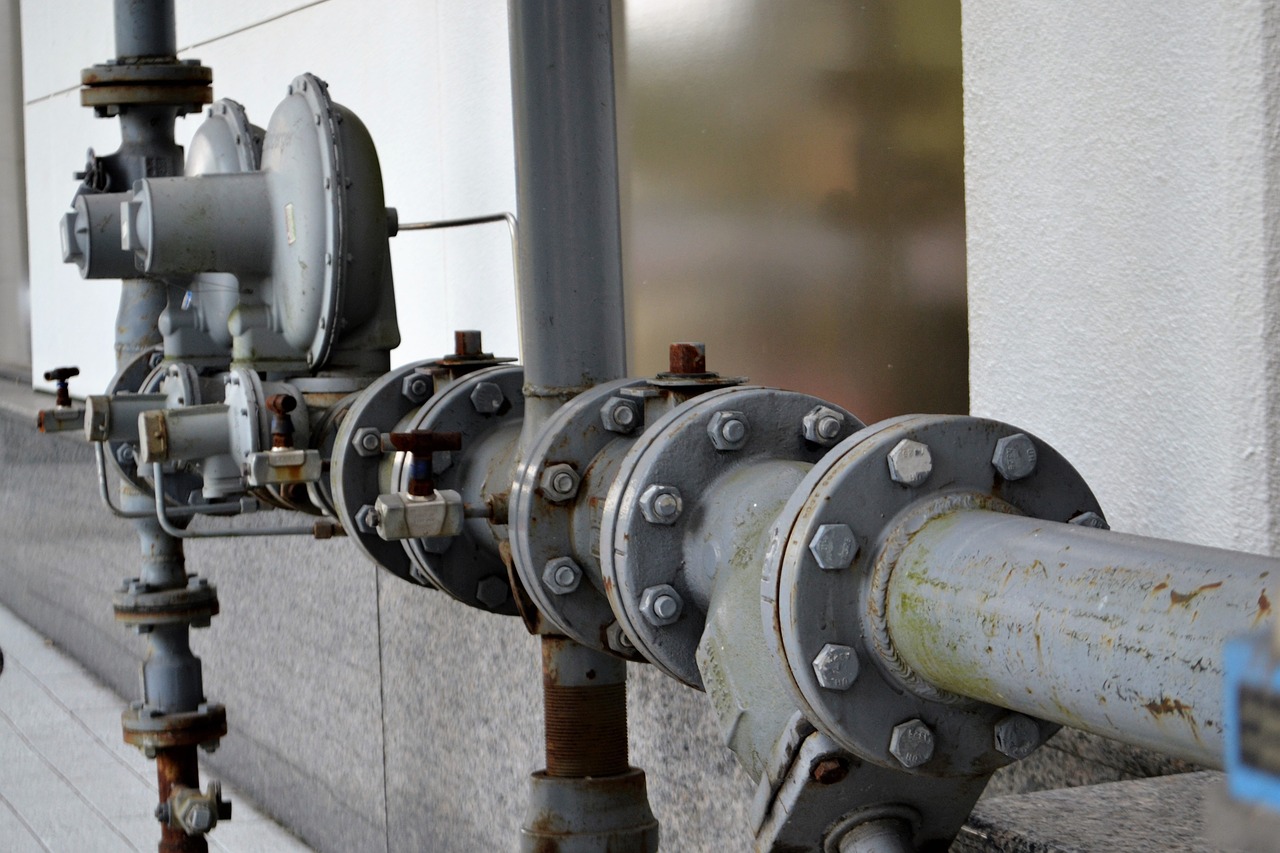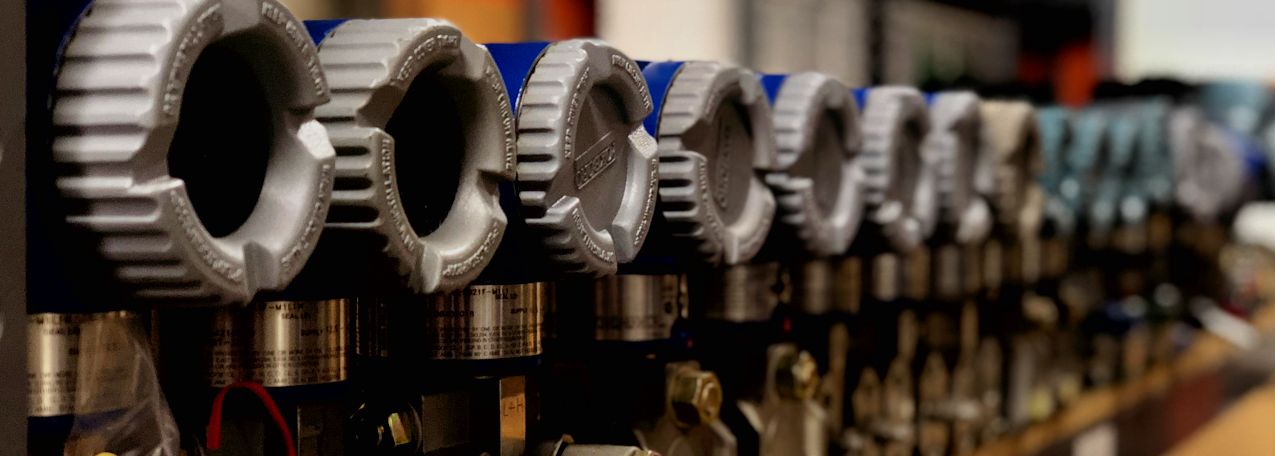For over a century, Foxboro has stood as a beacon of innovation. Setting the industry…

A Guide to Differential Pressure Transmitters
The most common and useful industrial pressure measuring instrument is the differential pressure transmitter–which also explains why it is our most popular product. This quick guide will tell you all you need to know about differential pressure transmitters, how they work, and the most popular models.
Function
Unlike gauge or absolute pressure transmitters, differential pressure transmitters do not measure pressure with reference to either atmospheric pressure or vacuum. A differential pressure transmitter does, as the name implies, measure the difference in force between two ports–one on the “high side” and one on the “low side.” Differential pressure is measured in units of pascals. A high-accuracy differential pressure measurement has accuracy better than 0.1 pascal.
Differential pressure is important because it is the basis of other measurements such as flow, level, density, viscosity and temperature. For instance, in flow rate calculations, a differential pressure transmitter measures the pressures on the upstream and downstream side of a constriction in the pipe and calculates the difference. These instruments have been used for more than 100 years to measure flow rate.
Applications
As you might imagine, differential pressure transmitters have a number of important industrial applications, such as metering oil and gas flow both onshore and offshore, filtering in water treatment plants, monitoring sprinkler systems, sensing heating efficiency for hot water or steam systems, and checking pump controls. But, they can also be used in medical applications such as oxygen flow or continuous positive airway pressure (CPAP, commonly used to treat sleep apnea) and in technology applications, such as air quality and air flow measurements in smart devices to detect air pollution.
Products
In terms of purchasing differential pressure transmitters, the Rosemount 3051CD Coplanar Differential Pressure Transmitters are the industry standard for differential, flow, level and pressure measurement. The coplanar platform enables seamless integration with manifolds, flow and level solutions. Similarly, Schneider Electric’s Foxboro pressure transmitters use multiple calibration curves to increase accuracy. The Foxboro IDP10 is an intelligent 2-wire transmitter that provides precise and reliable measurement of gauge pressure, flow and level. Both of these instruments are HART compatible for easy configuration and calibration.
With both remanufactured and new models available at Cascade Automation for these differential pressure transmitters, we look forward to helping you select the equipment that’s right for you and your application. Give us a call at 541-747-7979 or request a quote online.





